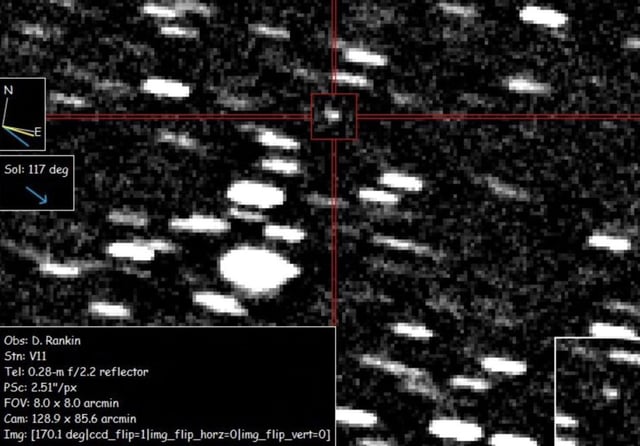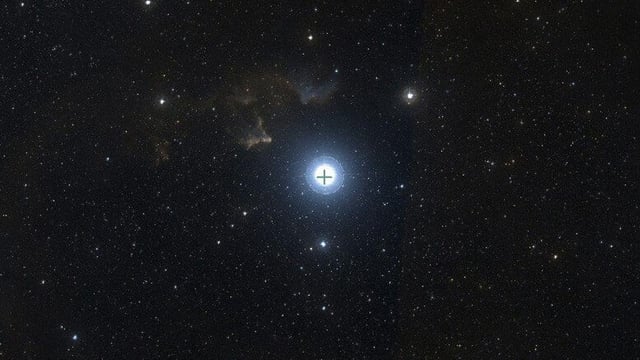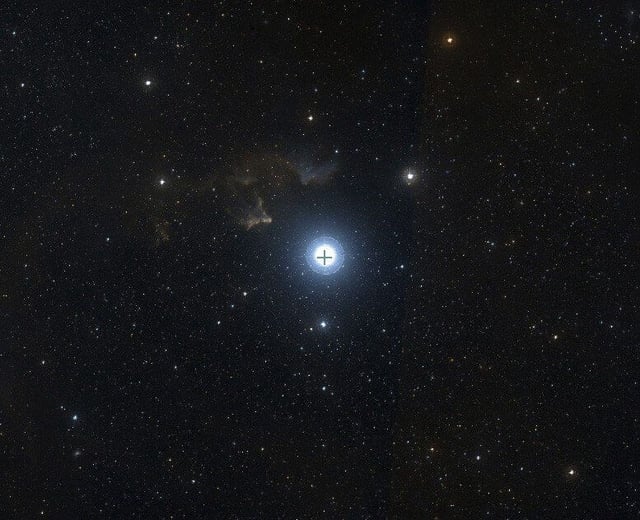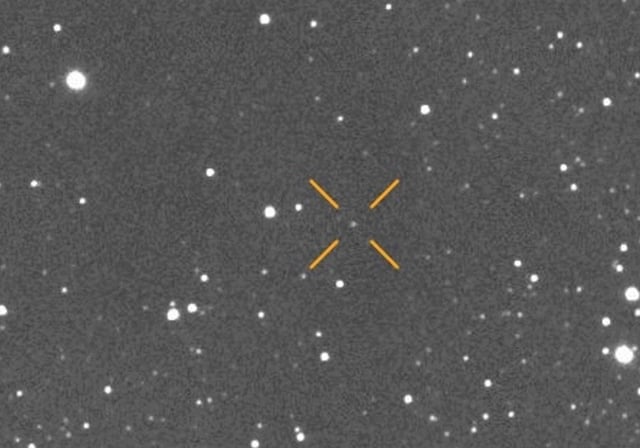Overview
- NASA’s ATLAS sky survey discovered the object on July 1 and the IAU Minor Planet Center designated it as comet 3I/ATLAS, confirming its interstellar origin with an unbound orbit.
- Nearly 100 global astrometric observations have refined its size at 10–20 km, revealed an icy composition, and measured its velocity at about 68 km/s relative to the Sun.
- The comet currently orbits near Jupiter’s distance and poses no collision risk, with JPL’s Scout program forecasting its closest approach to Earth at over 1.8 astronomical units.
- 3I/ATLAS is on course to cross inside Mars’s orbit and reach perihelion around October 27–29, offering scientists a rare chance to sample pristine extrasolar material.
- Next-generation facilities such as the Vera Rubin Observatory’s LSST are expected to boost detections of similar interstellar visitors to dozens per year.



